Home Blogs Is the Superchip's immunity to...
Is the Superchip's immunity to interference affected by environmental factors?
2025/07/25 18:07:14
47
The Superchip's immunity to interference can be affected by environmental factors as follows:
Electromagnetic environment
- Influence: When the chip is in a strong electromagnetic field, such as near a large radio transmitting equipment, high voltage transmission lines, etc., the external electromagnetic field may interfere with the signal transmission and processing inside the chip, affecting the normal operation of the chip.
- Example: Superchip's 5G RF chip, if there are strong interference signals in the same frequency band or octave nearby, the chip's reception sensitivity may be reduced and the signal BER may be increased, thus affecting the quality and stability of 5G communication. However, these factors have been taken into account in its design, and filtering and shielding techniques have been used to minimize the impact, and it still maintains good performance in general electromagnetic environments.
Temperature environment
- Impact: too high or too low a temperature will make the chip's physical characteristics change, which in turn affects its anti-interference ability. High temperature may lead to increased electron migration within the chip, semiconductor material performance degradation, making the chip more susceptible to interference; low temperature may make the chip internal circuit parameters change, affecting the signal transmission and processing speed, reducing the chip's anti-interference margin.
- For example: in some outdoor communication base stations, if the heat dissipation is poor in summer high temperature, Superchip's communication chip will be in a high temperature environment for a long time, and its anti-interference ability will be reduced, and signal distortion and other problems may occur; and in the cold winter in the north, some outdoor equipment in the chip if no effective thermal insulation measures are taken, but also due to the impact of low temperature and performance degradation, the sensitivity of the interference is increased.
Humidity environment
- Impact: High humidity environment may lead to chip surface moisture, triggering leakage, short-circuit and other problems, thus affecting the normal operation of the chip and anti-interference ability; low humidity environment may make the chip generate static electricity, electrostatic discharge will cause damage to the chip, interfere with the normal operation of the chip.
- For example: in some humid southern regions, if the electronic equipment is not properly protected, Superchip chips are in a high humidity environment for a long time, the water intrusion into the chip package may corrode the circuit, reducing the reliability of the chip and anti-interference ability; in a dry environment, the chip is easy to produce static electricity due to friction during production, transportation or use, if not discharged in a timely manner, the static discharge may breakdown the insulating layer of the chip, causing the chip to malfunction. If it is not discharged in time, the static discharge may break through the insulating layer of the chip, causing the chip to malfunction or the anti-interference ability to decline.
Power supply environment
- Influence: Power supply voltage fluctuations, power supply noise, etc. will have an impact on the chip's anti-jamming ability. Voltage fluctuations beyond the operating voltage range of the chip may cause errors in the internal logic levels of the chip, resulting in abnormal operation; noise in the power supply will be superimposed on the power supply pins of the chip, interfering with the normal power supply of the chip, which in turn affects the chip's signal processing and anti-jamming capability.
- Example: Superchip's power management chip itself has a certain voltage regulator and filtering function, but if the fluctuation of the external power supply is too large or the noise is too strong, which is beyond the chip's processing capability, it may still affect the quality of its power supply to the other chips, resulting in the decline of the anti-jamming ability of the chip in the whole system, and the system crashes, data loss and other problems.
Statement: This article is reproduced for the purpose of passing on more
information.
Please contact us if the source is mislabeled or violates your legal rights.
We will promptly correct and delete, thank you.
Share this post
 New Posts
New Posts
Infineon
- Schottky Barrier...
STMicroelectronics
256KB 2V~3.6V ARM Co...
STMicroelectronics
null 4A 2Ω@2A,10V 70...
TOREX Semiconductor
SOT-23 Monitors & ...
STMicroelectronics
64KB 2.95V~5.5V STM8...
Littelfuse
Glass Tube Fuse 1.6A...
AVX
220uF 6.3V 400mΩ@100...
Vishay
40V 440mV@4A 4A SMC(...
Littelfuse
6V 1.1A 100A 2.2A 12...
HXY MOSFET
TO-220 Linear Volta...





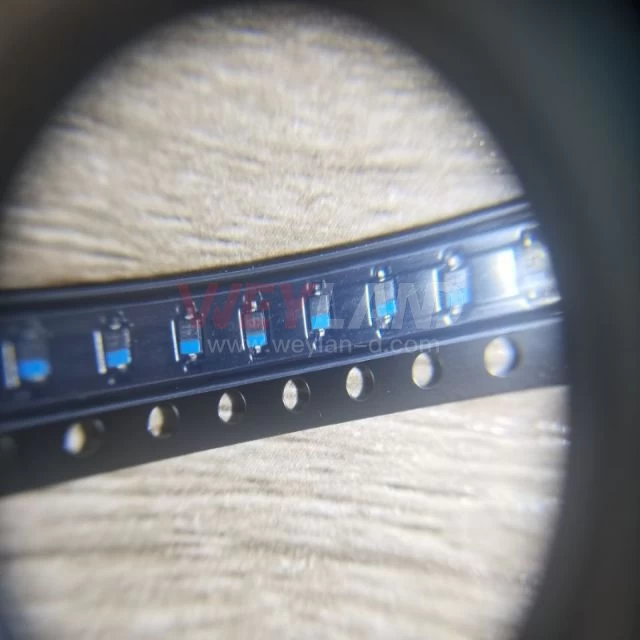

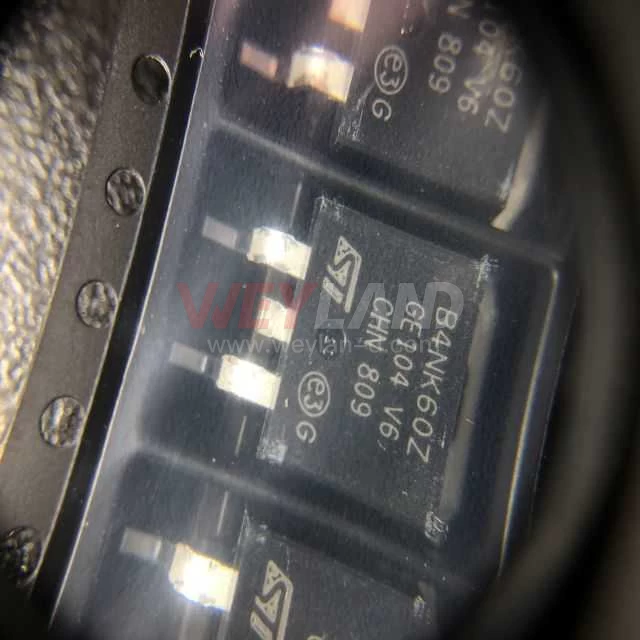
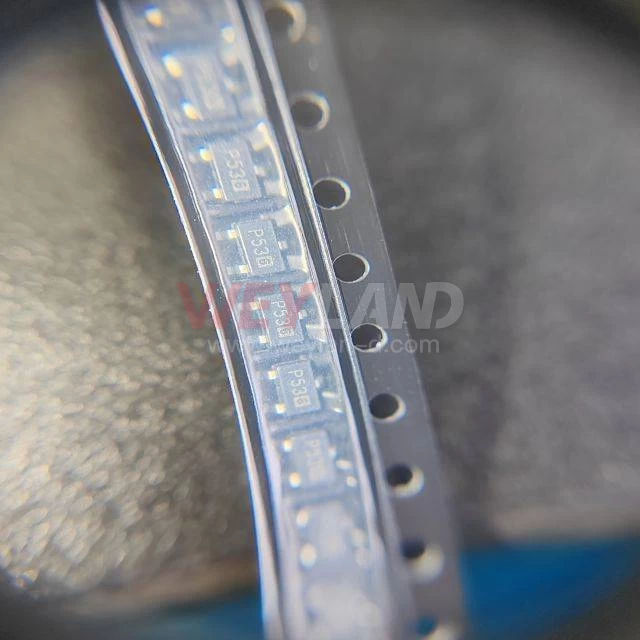
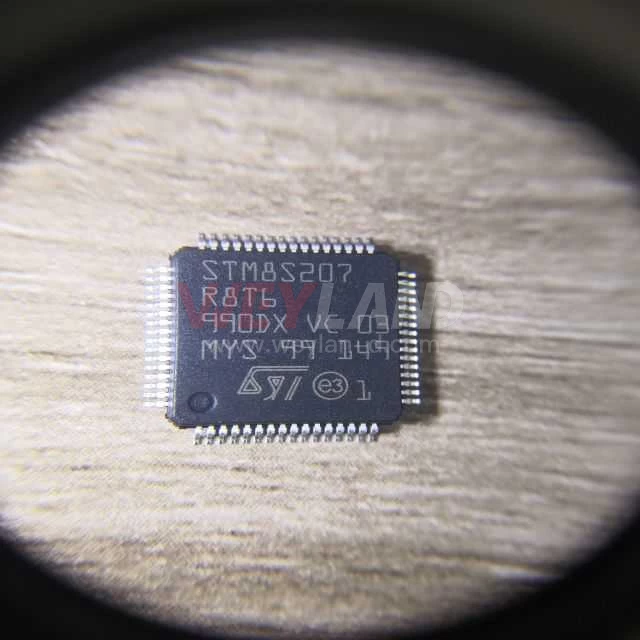
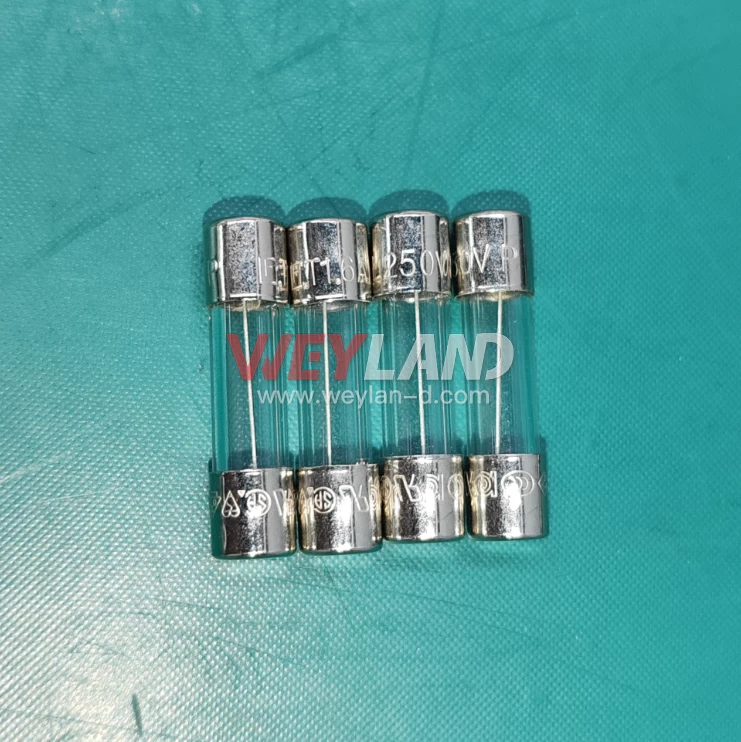
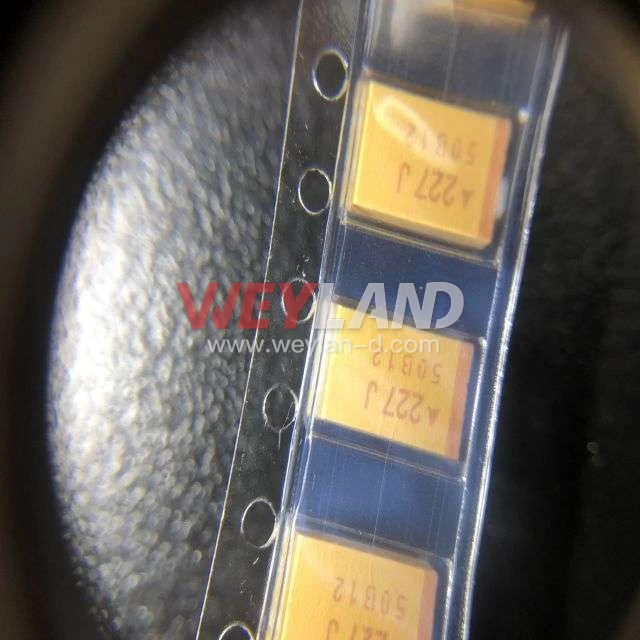
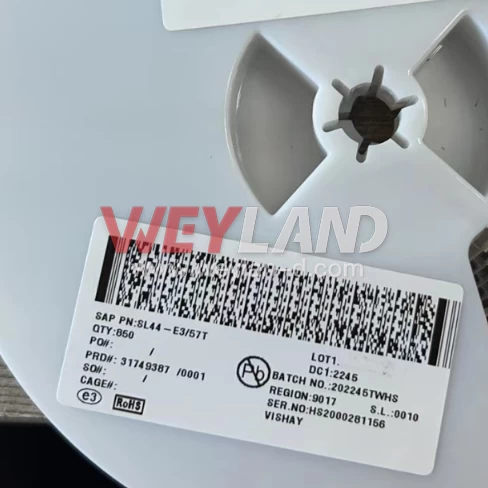
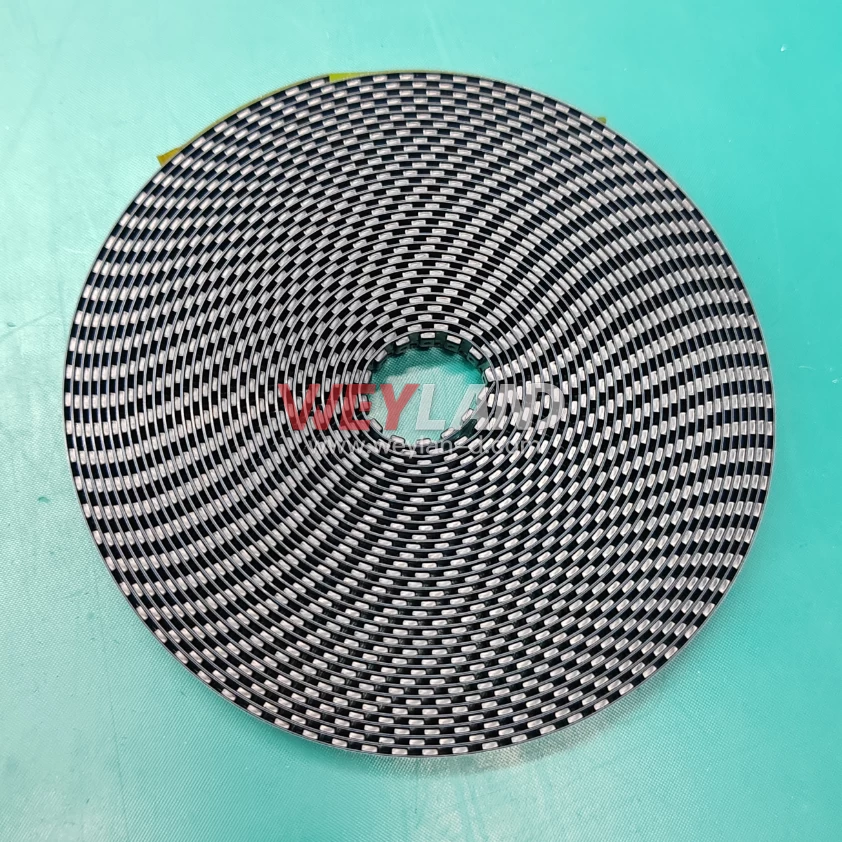

.9246509.png)












